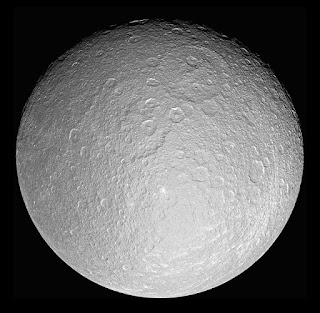IS PLUTO IS THE PLANET? THE UNIVERSE
IS PLUTO IS THE PLANET? THE UNIVERSE
HISTORY OF PLANETS DISCOVERY
Throughout the ages, the number of planets in our solar system has gone up and down. No, this is not because planets have suddenly appeared and disappeared, but rather due to how they world discovered. Science antiquity, they were 5 planets beyond Earth, which are the ones visible to naked eye, mercury Venus Mars Jupiter and Saturn.
The ancient Greek at did the sun and moon to their list of planets, but that idea never really caught on. In the late 1700s, Uranus was discovered, which was revolutionary at the time as no one considered there could be more planet bye on the visible five. After the discovery more and more planets candidates being found, like Ceres, vesta, palas and Juno, which are all found in what we know as the asteroid belt for the large asteroids between the orbit of Mars and Jupiter.
In science textbooks in the early 1800s, devar all listed as planets. In the middle of 1800s, netzone was also discovered and with in just a few decades, we had quite a list a planet on our hands. As that time there was not a clear distinction between the eight planets we know today and the large asteroid that were being discovered.
ASTEROIDS
By the 1860s, over 100 asteroids had been found, and they are finally given their own distinct classification asteroids. Asteroids were discovered as object that could not be distinguished from Star, bar the fact that they move across the sky. So even 100 and so a year ago we were ruthless and demoted planets.
DISCOVERY OF THE PLANET PLUTO
A lot of people in the world feel like Pluto has been hard done by. but Pluto has been treated just as harshly as the large asteroid. In 1930, Pluto was discovered, and with the excitement of finding something so large and distant, it was classified as planet. Although, with in a few decades, it was discovered that it did not follow the conventions of traditional planet. the planet we know have circular orbits then align roughly with the plane of Solar system. Pluto, on the other hand, orbits at an angle to solar system, and its orbits is so elliptical that at some point during its year, it's closer to the sun than Neptune. But then, in 1970s, Pluto was discovered to be a lot thinner than expected.
PLUTO PLANET PHOTO
It turned out that its mass is only one sixth of our moon. Trouble continued for Pluto in the 90s telescope technology had greatly increased, and other world were being discovered in and around the orbit of Pluto. Just like the discovery of asteroids belt, it quickly became apparent that there was another belt beyond the orbit of Neptune, now known as Kuiper belt. In 2006, international astronomical Union knew that something had to be done.
CLASSIFICATION OF A PLANET
They finally classified a planet as: a celestial body that
(A) is in orbit around the sun,
(B) has sufficient mass for Its self gravity to overcome rigid body forces so that it assume a hydrostatic equilibrium shape.
(C) has cleared the neighborhood around its orbit.
So, although plateau fits the bill for the first two categories, because it lies in Kuiper belt, it has not cleared its orbit and thus is not a planet.
It is instead known as Dwarf planet, which is the most the same except it's not massive enough to have career its orbit.
CLASSIFICATION OF DAWRF
(A) A 'Dawrf' planet is a celestial body:
(B) Is in orbit around the sun
(C) Has sufficient mass for its self gravity to overcome rigid body force so that it assume a hydrostatic equilibrium shape.
(D) Has not cleared the neighborhood around its orbit
(E) Is not a satellite
We should not see the sleight against Pluto, but rather because of these new discoveries, we have a whole new category of celestial object to learn about! Also, because of classification change, there is a silver lining for once planet!




Comments
Post a Comment